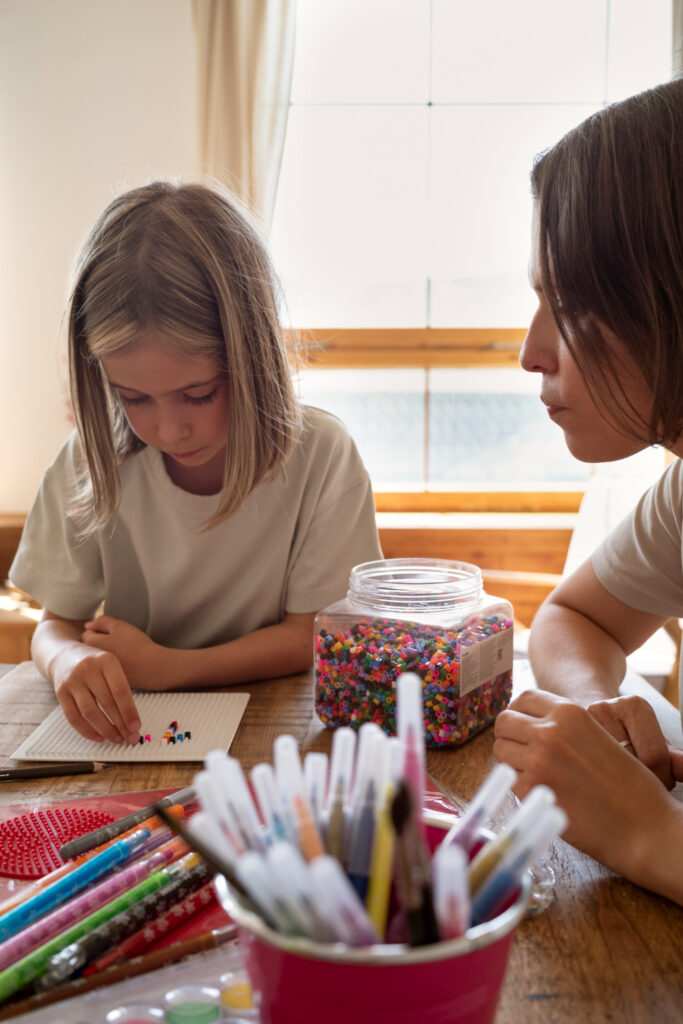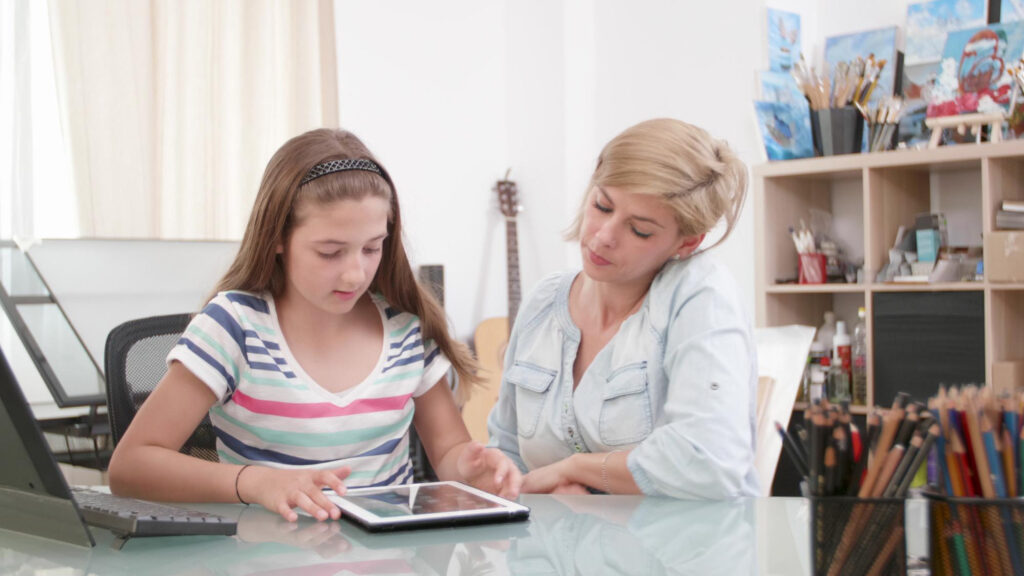Each kid is different, and each kid should have a chance to shine. But for special needs students, the regular school can feel like a bad fit sometimes. This is where educational tools for special need students come in; they let these students learn and grow in a way that fits their specific needs.
Teaching students with special needs isn’t easy and usually calls for a fresh strategy. Actually, if you want special education teacher jobs in future, you should begin thinking about employing these 3 strategies right away.
Learning with an Emphasis on Universal Design (UDL)
Universal design for learning (UDL) is an approach to education that gives students more ways to express themselves and participate in class. The concepts of universal design for learning (UDL) allow educators to create courses that are user-friendly for students of varying abilities.
Co-Teaching
Co-teaching is a collaborative teaching approach where two or more teachers collaborate to plan, deliver, and monitor instruction. This technique can be especially beneficial for students with special needs who require special assistance and adaptations.
Co-teaching enables teachers to combine their knowledge and resources, resulting in more efficient instruction and improved student achievements.
Employ Educational Tools for Special Needs Students
Assistive Technology
The term assistive technology describes a wide range of tools and gadgets that enable people with impairments to carry out once impossible activities.
Various forms of assistive technology, such as text-to-speech software and voice-controlled computers, are available for kids with special needs. Some assistive technology that are having a positive impact in the classroom include these:
Text-to-Speech Software
Students with dyslexia or other reading difficulties may find text-to-speech software particularly useful since it enables them to read and write on a computer or tablet.
Speech-to-Text Software:
Students with physical limitations or writing issues may find speech-to-text software useful because it enables them to speak their ideas instead of typing them.
Voice-Controlled Computers
For students who have trouble moving around, voice-controlled computers are a great option because they let them use the device simply by speaking commands.
Graphic Organizers:
Students can benefit from using graphic organizers, which are visual aids that assist arrange ideas and concepts. Students who struggle cognitively, such as those with autism, may benefit much from them.
Augmentative and Alternative Communication (AAC) Devices:
AAC devices are specifically created to assist students who experience challenges in verbal communication. These gadgets can vary from basic image communication symbols to advanced electrical systems that generate synthetic speech.
Adaptive Learning Tools
Softwares those are programmed to change the content and difficulty level are called adaptive learning tools. These softwares can be used to cater each student’s unique requirements by offering a personalized training. Many special education classrooms use these software, here are a few examples of such tools.
Reading Software
By using these softwares students may develop their vocabulary, reading fluency, and understanding. Moreover, students can get reading lessons tailored to their own needs and abilities.
Math Software
These softwares adapt to mathematical abilities of students to provide traning. These softwares have proved to be helpful in generating new ideas, problems solving, and critical thinking abilities.
Other Educational Tools
There are a number of other educational tools that can help kids special needs students
do well in school. Here are some examples:
Visual Timetables
Using visual schedules students can learn and track their whole day activity. Thee tools are especially designed for kids with autism or other cognitive issues.
Sensory Integration Toys
Toys like fidget spinners, stress balls, and playdough are some real world examples of sensory integration toys. These toys can be agame changer for students who find it hard to understand sensory information.
Communication Apps
Picture Communication Symbols (PCS) and other communication apps can help students talk to their teachers and other students.
Accessible Books
Braille and audio books are a examples of accessible books. These books make sure that people with special need have equal access to literature.

Conclusion
Students with special needs can have an equal opportunity to succeed in school with the use of educational resources like adaptive learning software, assistive technology, etc. These resources can assist children with impairments succeed academically by allowing for more individualized lessons and reasonable modifications. If you want to get into special education teacher jobs, it is your responsibility toacknowledge the worth and employ these strategies. We can build a learning environment that is more welcoming and inclusive if we collaborate together.
